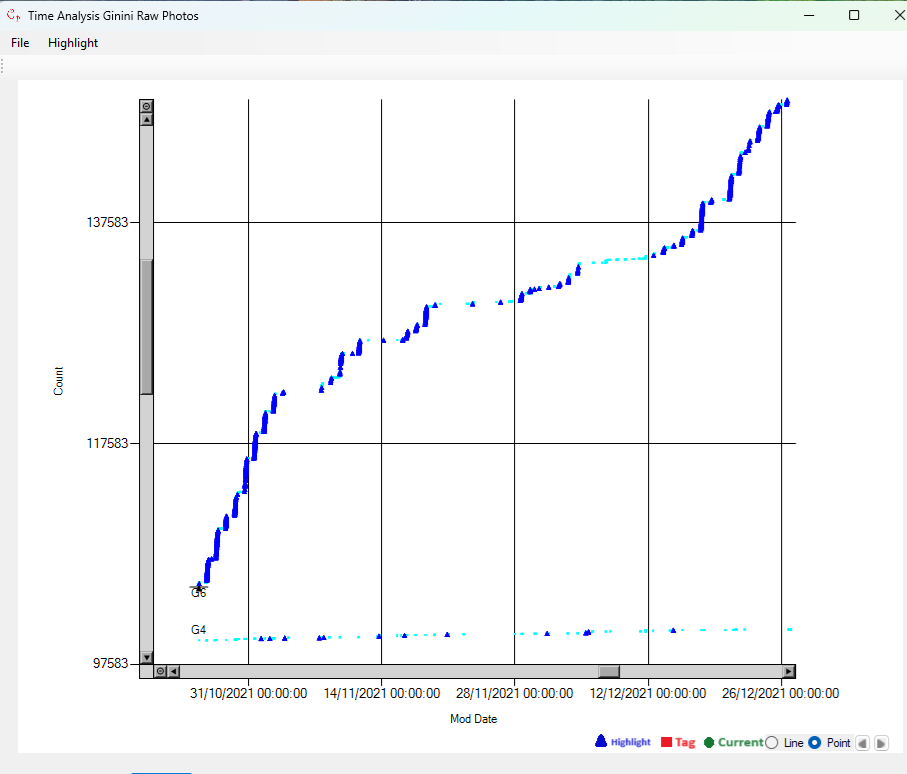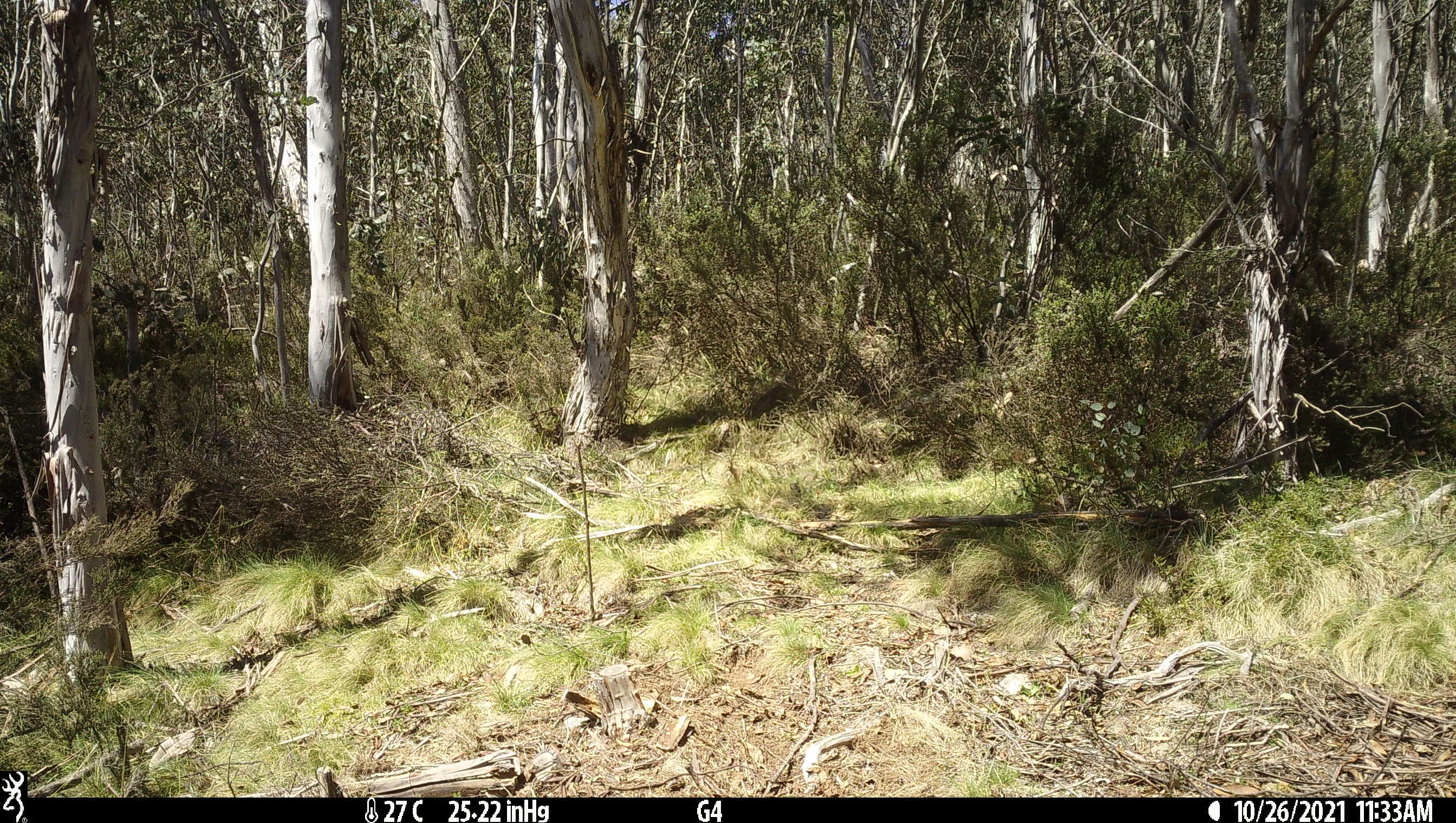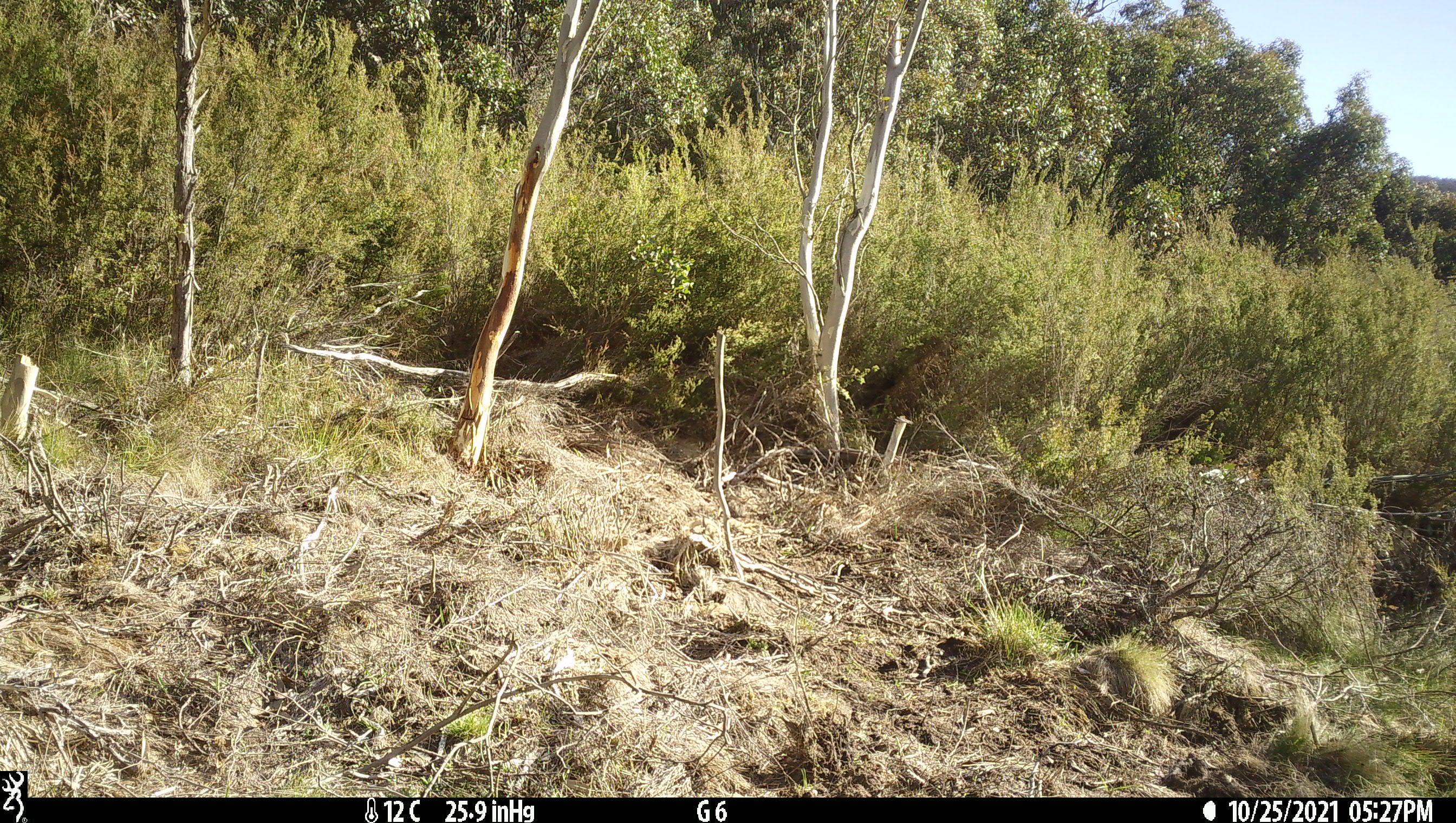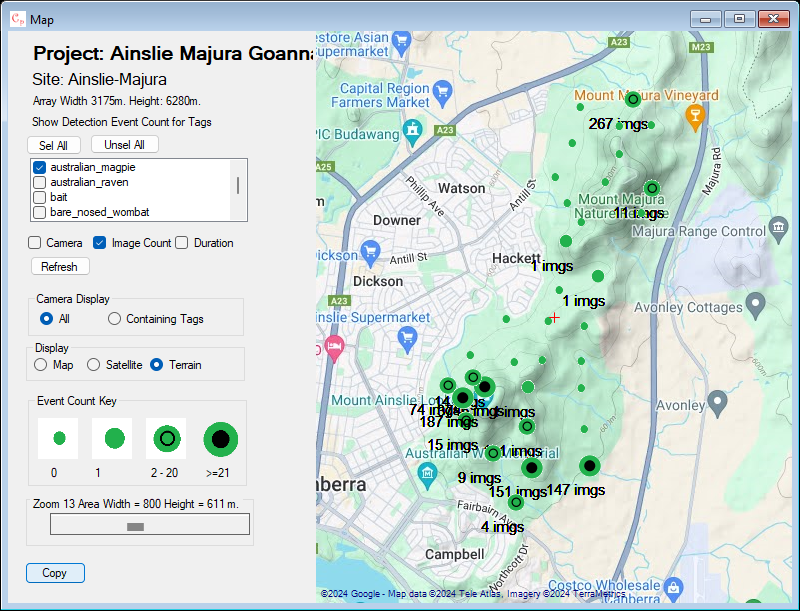Manual and AI-based tagging of images with the names of animals appearing in them and generation of summary data can be performed by CamTrap Pro in conjunction with image analysis programs such as EcoAssist.
Camera Traps
Camera traps can collect huge numbers of images (and videos) in the course of wildlife studies and feral animal control, but these collections need to be analysed in order to present conclusions. The analysis process consists of identifying the species of animal present and sometimes the number of them. Most camera traps operate using passive infra-red sensors (similar to those used in burglar alarms) which trigger a recording when there is a change in the balance of infra-red radiation between two sensors, with an infra-red flash used at night. Changes may be caused by the presence of an animal, or by movement of the camera, vegetation or shadows, and these non-animal triggerings usually predominate. Where more than a hundred images are recorded in a single day from a non-baited camera trap, most of these are not likely to have been triggered by animals.

The image above shows count vs time profiles over 4 months from two cameras in the same survey, with sequences of 5 images separated by less than 5 seconds highlighted in dark blue. The G6 sequence of 45,000 images shows most of them highlighted, few of which show animals. The G4 sequence contains only 2100 images most of which do not contain animals, but the highlighted images all show animals. Examples of images from both cameras are shown below


The G4 camera was located in woodland, where wind velocities are lower than in the more open environment containing the G6 camera. The greater wind velocity in the G6 environment results in more frequent triggering by moving vegetation.
With data collection sizes often numbering tens of thousands of images, human capabilities are often limited by fatigue and lack of dedicated computer tools. CamTrap Pro allows Windows tags (or keywords) to be added to image identifying animals shown. AI detection of animals is supported using the generic Megadetector classifier, optionally refined by species-specific classifiers, via the EcoAssist application. CamTrap Pro also supports visual inspection of multiple sequences of camera trap images as a slideshow which can be stopped at any point, and tags applied to the image from a preset list to indicate the species of animals present. A video showing this process can be viewed here. Tagged data can also be imported from other programs (such as ExifPro). This data can then be summarised in text form for inclusion in a report. The video below shows the process of licensing, loading data and preset tag strings, and manually applying tags to groups of images
This video shows how classifier output can be used to generate tags directly and view them as a summary:
Output from CamTrap Pro can be viewed as a grid showing or a map as shown below:

If you’d like to download the CamTrap Pro manual click here.
If you’d like to download CamTrap Pro app click here. Downloads come with a free 30-day Demo license which includes application of 25 tags and loading of up to 20,000 images.